Hasselblad H5D-50c Wi-Fi Hands-On Review
www.hasselblad.com
Following our recent field test of the Phase One 645DF+ and an accompanying IQ250 back, we thought it would be interesting to see how the same 50MP CMOS sensor is employed by another medium-format beast: the Hasselblad H5D-50c Wi-Fi. This particular Sony sensor is interesting. It may not be the highest resolution sensor in its size class, but its CMOS technology allows ISO sensitivity ratings that its CCD rivals simply can’t match. This extra sensitivity – largely due to the low noise CMOS architecture – lends immense flexibility to cameras that traditionally have been rather tied to the studio and are often only capable of location work when accompanied by a few powerful lights. The low noise sensor combined with the large surface area of the medium format sensor also lends the camera slightly more Raw dynamic range than even the best full-frame cameras, something landscape shooters are sure to appreciate.
That the majority of medium-format camera brands want to be able to offer the features that this 50MP sensor makes possible is understandable, and in fact Pentax, Phase One, Leaf and Hasselblad have all built solutions around it. Of course, having the same sensor doesn’t automatically guarantee that all of these cameras will give exactly the same results.
In Use
Key Specification:
- 50MP CMOS sensor (32.9 x 43.8mm)
- ISO 100-6400
- 3.0″ 460k-dot LCD
- Up to 1.5 fps continuous
- Built-in Wi-Fi
- 153 x 131 x 205mm / 6.0 x 5.2 x 8.1in
- 2290g / 5lb
The Hasselblad H5D-50c Wi-Fi is a medium-format DSLR camera that uses a back fitted with a 50MP sensor. The sensor measures 43.8 x 32.9mm and has a pixel array of 8272 x 6200 that outputs Raw images weighing in between 65 and 90MB. The Raw files are saved in Hasselblad’s own 3FR format that uses lossless compression. The camera is capable of simultaneous JPEG output as well – but JPEG files are only 12.7MP and measure 4128 x 3088. Think of them as the digital equivalent of a Polaroid proof print.
The H5D-50c’s CMOS sensor allows an ISO range of 100-6400 which is slightly wider and shifted towards higher sensitivities when compared to the 50-800 range of the company’s CCD offering. Color is recorded in 16-bit ‘definition’ and rendered according to Hasselblad’s Natural Color Solution color profile. The company recommends its own Phocus software for post-production work and for tethered shooting, but the files are also compatible with Adobe’s Camera Raw application – all of which are included in the purchase price of the kit.
Other primary specifications worth pointing out include a shutter speed range of 34 minutes to 1/800sec – more impressive at the longer end than the shorter – spot, center-weighted and center-spot metering across a EV1-21 range, and a single-spot AF system that works between EV1-19.
The new features of the H5D-50c Wi-Fi obviously include the integration of Wi-Fi wireless communication in the digital back. This allows the user to connect the camera to an iOS smart device so that it can be controlled remotely and images can be viewed, before and after shooting, on the screen of an iPhone or iPad. An app called Phocus runs the connection and allows a good deal of control over the camera’s settings, as well as the ability to browse images stored on the card loaded in the camera.
Live View is another important ‘new’ feature, giving photographers the chance to see through the lens via the rear screen. At the same time you can use the built-in level to check the camera is straight, and once images are captured it’s possible to preview focused areas via magnification or peaking, as well as see over- and under-exposure warnings.
This is also the first new Hasselblad for some time to accept film backs, so users can switch easily between digital and traditional media.
Handling
The body of the H5D-50c is a good deal more modern than the 1980’s Mamiya derivative that is the Phase One 645DF+ (which has since been replaced by the Phase One XF). The well-designed hand grip makes the weight of the body pleasant to hold, and the lens and back feel balanced. Although the kit – even with the small standard 80mm lens – is heavy, the designers have made a great job of reducing the strain through the way we are forced to hold the body. During my time with the camera, non-photographers consistently commented to me on how big it was, but also how comfortable it is to hold and use. Probably due to the form-factor, many people also thought it was a video camera.
 |
 |
Hasselblad has arranged the majority of control points around the bulky grip of the right hand. An LCD panel on the top of the grip displays options and settings with the resolution and panache of yesterday’s Casio digital watch – but without the screen size. This tiny display is the interface between the photographer and a mass of complicated functions, and while it can do the job it really isn’t ideally suited to it.
The grip is equipped to keep all of your fingers busy, with buttons on the back for the thumb, on the top for fingers and on the front for stretched out digits. It is remarkable how much can be accessed without changing the way the camera is held – including the mirror lock-up, depth-of-field preview and the True Focus button. With the HVD 90x prism head attached, as it was for the duration of this test, the photographer has access to an exposure compensation button – at a stretch – and the button for adjusting the exposure mode. All adjustments of features and functions are dealt with efficiently by a pair of small but comfortable wheels under the thumb and forefinger.
 |
Further control is afforded by the screen on the digital back and the accompanying small, spongy buttons. While 35mm-style DSLRs can host all their features on a rear screen, this screen only really allows us to alter white balance, image format and other issues relating directly to the operations of the back. The back is attached to the body alright, and the two communicate, but the two are not fully integrated. You can’t adjust body functions via the back, so the real estate of that spacious rear screen is largely redundant when not being used to view what has just been captured.
Working with a single AF point that is fixed in the middle of the frame is par for the course for a lot of medium-format shooters, but hardly ideal. Although the system is reasonably quick I think it is fair to say that autofocus isn’t one of the camera’s strongest points – as indeed it isn’t in the Phase One 645DF+. When tripod-mounted, you’re obviously better off focusing manually using the magnified view in Live View, but when working handheld, AF is much improved by the addition of Hasselblad’s True Focus system.
True Focus makes a real difference if you’re a ‘focus lock and recompose’ kind of a photographer. After locking AF and recomposing your scene, the camera measures the angle that the camera has been shifted by, and adjusts the focus position accordingly to compensate for the fractionally greater subject to imaging plane distance. It is very clever, and works very well most of the time.
As with other large-bodied medium-format cameras, some caution needs to be exercised when working with the H5D hand-held. No matter how comfortable the grip and how well suited the camera seems to off-tripod operation, the slap of the mirror is a significant hazard to image sharpness, especially at shutter speeds below 1/250sec.
Image quality
I think most experienced medium-format photographers will be inclined to forgive some handling irritations for the sake of the image quality (they’re probably used to doing exactly that). And for me, the detail and dynamic range of the successful frames I shot with the H5D-50c worked like some memory-obliterating drug, making me forget about how awkward the camera can – sometimes – be to use.
 |
 |
| Unsharpened |
Sharpened |
Images from this camera look really quite soft in their Raw state, which alarmed me at first. They need a good deal of sharpening applied. However, when used at low ISO settings and at an optimal aperture, the amount of detail captured is fabulous.
Hasselblad seems to have set the processing in Phocus to prioritize noise reduction over detail, so images are less noisy than those shot on the Phase One IQ250 back and opened in Capture One Pro – but they need a good deal more sharpening to bring out textures in the subject matter. When the same images are opened in Adobe Camera Raw the amount of noise from the two backs is much more comparable.
Dynamic range is extensive, and the camera is capable of capturing a wider range of tones than the best full-frame DSLRs. As is the case generally with digital capture, it is easier to lift shadows than to recover blown highlights: once pixels saturate and clip, there’s no information to recover. Modern CMOS sensors like this one can retain a truly astonishing amount of detail in shadow areas, with little of the noise and / or banding penalty that we might have expected in previous-generation CCD sensors. This low noise CMOS architecture combined with the massive amount of light the large medium format sensor can collect means photographers can deal with high contrast scenes by exposing for highlights and tone-mapping shadows in post.
Unfortunately, exposing in this manner isn’t helped by the camera’s unsophisticated metering system, nor the fact that the rear screen is not a very reliable visual gauge of what has been captured – other than when the histogram display is showing. There is a clipping display option, but it is more a reflection of what will be lost in the JPEG images rather than what will be unrecoverable in the Raw files.
 |
 |
| With HCD 28mm ISO 100, f/14, 0.3sec. Processed in ACR with -38 highlights, +100 blacks, no shadow correction. |
Processed in ACR with -38 highlights, +100 blacks, +90 shadow correction. |
I found Hasselblad’s color quite difficult to get used to, and in some cases it took a while to make it work. I suppose it is hardly surprising that color, dynamic range and sharpness are easier to deal with in the company’s Phocus software than they are in Adobe Camera Raw, but even so there were occasions I struggled to get images to look the way I remembered seeing the original scene.
Summing up
This is the third medium-format camera I have tested in recent months so it is almost impossible not to compare the Hasselblad H5D-50c Wi-Fi in some ways to the Phase One 645DF+ and the Leica S Type 007. Although different in handling and specification, the Hasselblad H5D-50c Wi-Fi is generally quite similar to the Phase One camera; as it is based on a older body, uses the same sensor, has Wi-Fi and Live View – but both seem very clunky when compared to the slick operation of the Leica. The Hasselblad mirror is less violent than the Phase One unit, and the body handling is overall more comfortable and better thought-out, but the integration of the digital back is less complete.
I appreciate being able to use flash at all shutter speeds, but found it hard to accept that my fastest shutter speed under any type of light was a very restricted 1/800sec. To me, that is a serious short-coming.
While obviously the quality of the images a camera produces is of the upmost importance, then surely the comfort of the photographer should take more precedence than it does with this H5D body. Most medium-format bodies are actually fairly old fashioned, and the H5D is a prime example. The company may have added some new features to jazz it up, but in my opinion, the whole system could do with a refresh.
‘The image quality it produces is really excellent,
but there are so many other things the H5D-50c Wi-Fi could do better.’
Perry Oosting, the Hasselblad CEO, hinted in an interview with us that things are about to change and modernize at Hasselblad, and that the core products would be first on the list. I hope that means we will see something more suited to these modern times than this very able but imperfect machine. As I have said, the image quality it produces is really excellent, but there are so many other things the camera could do better.
We like:
- Fabulous image quality
- Great handling
- Flash sync at all speeds
We don’t like:
- Body and back not fully integrated
- Top shutter speed is too slow
- Accuracy of rear screen preview
Real-world Samples
$ (document).ready(function() { SampleGalleryV2({“containerId”:”embeddedSampleGallery_8580589921″,”galleryId”:”8580589921″,”isEmbeddedWidget”:true,”standalone”:false,”selectedImageIndex”:0,”startInCommentsView”:false,”isMobile”:false}) });
Articles: Digital Photography Review (dpreview.com)







































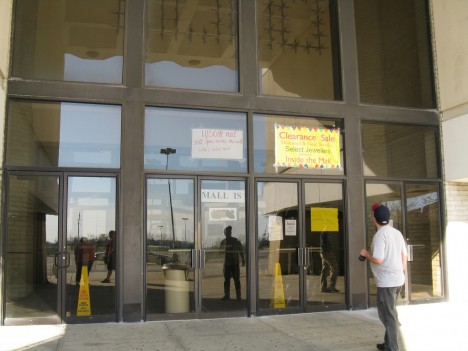

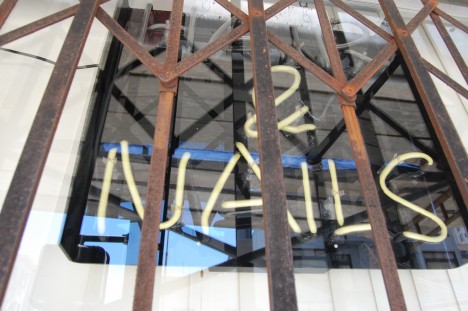
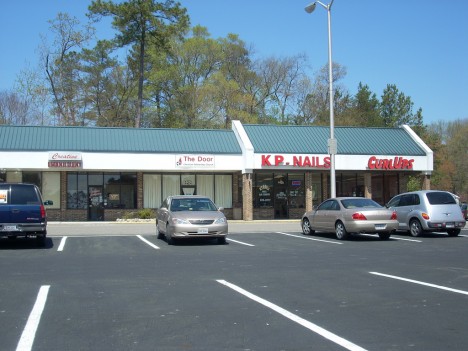
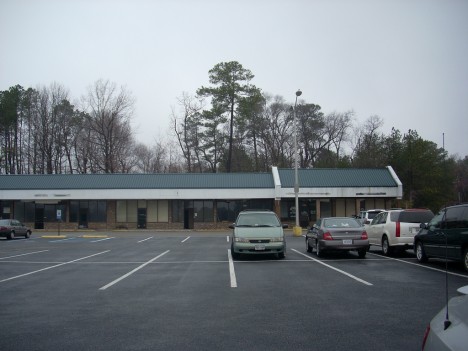
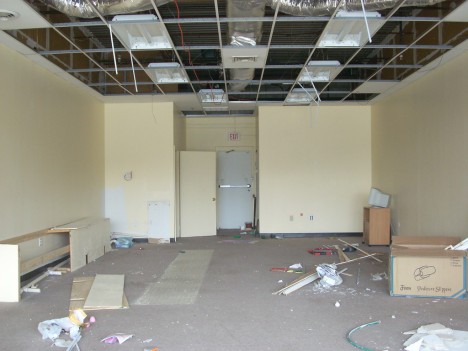
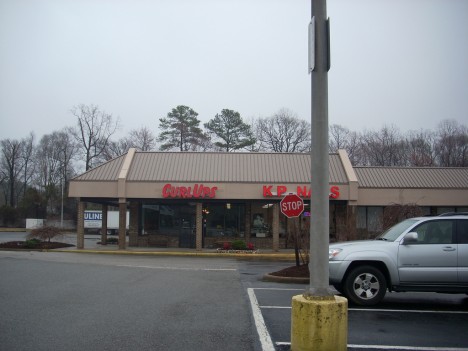









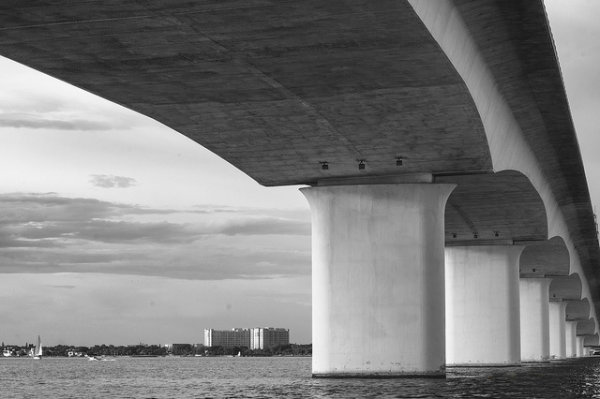


You must be logged in to post a comment.